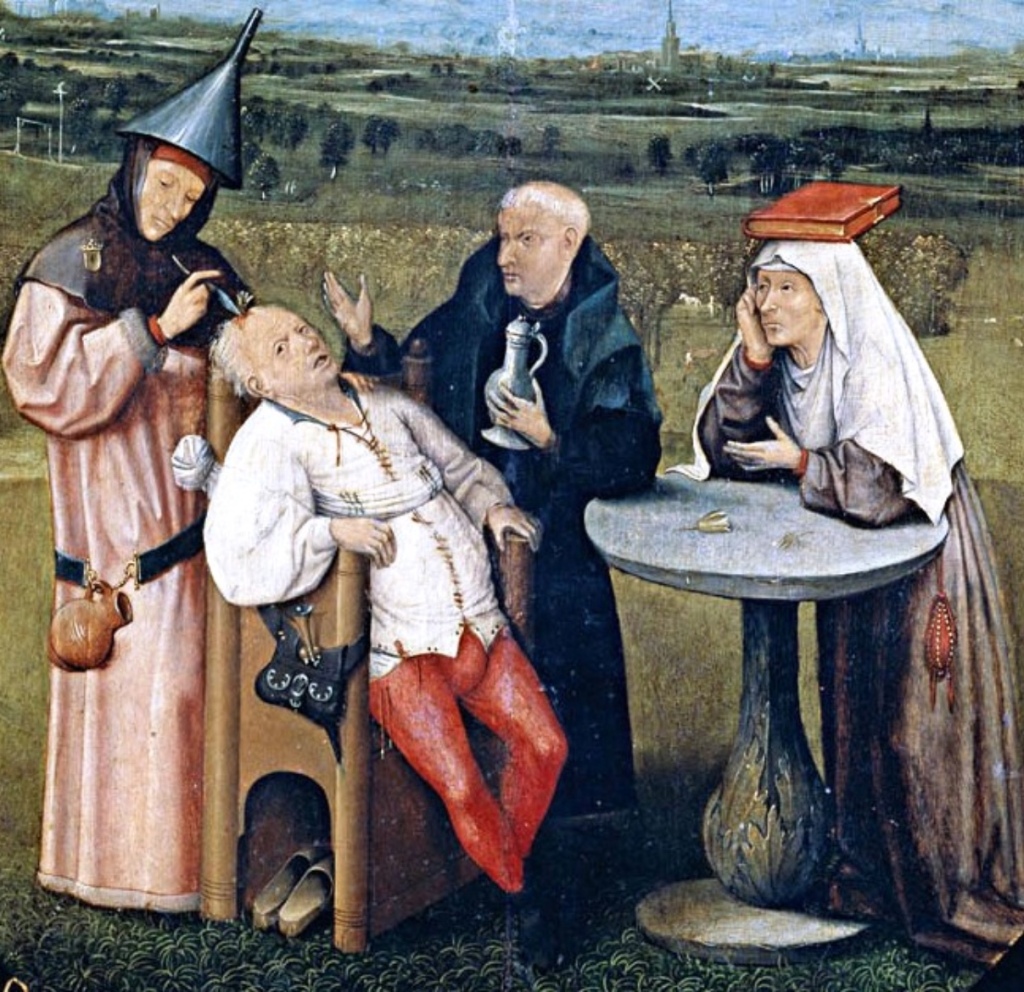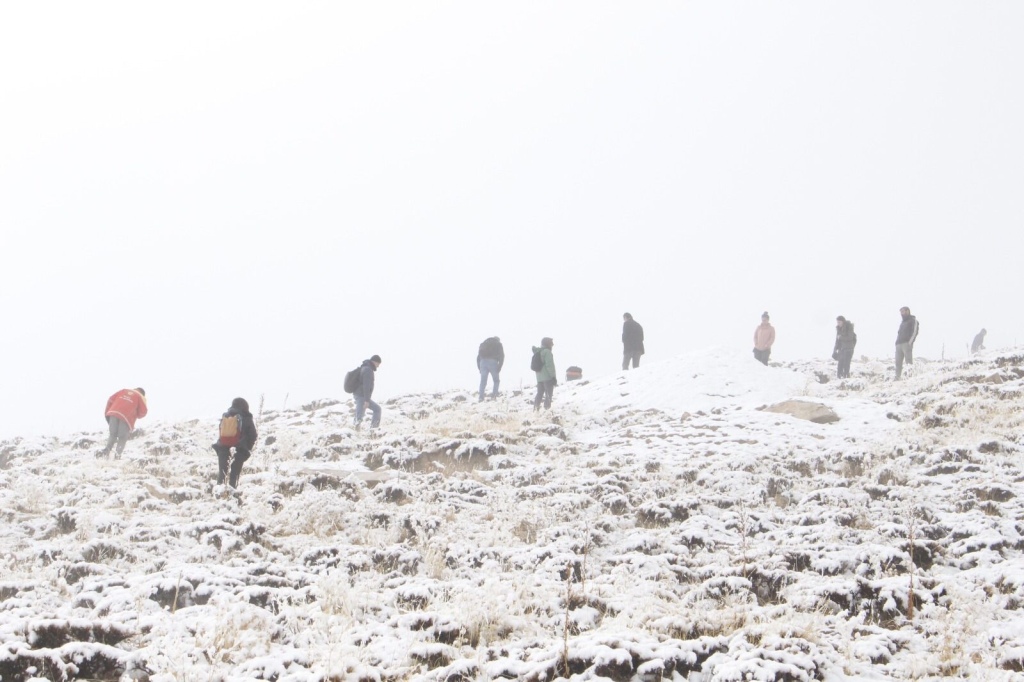Bronze Age cauldrons were used to hold blood and yak milk, a new study has discovered.
Tag: Asia
11,000-year-old evidence of Stone Age ritual body piercing discovered by archaeologists
Archaeologists have unearthed more than 100 ornaments used as piercings in 11,000-year-old adult burials in Turkey.
Hittite Bronze Age Collapse – was it climate change?
The collapse of the powerful Hittite Empire during to the so-called Bronze Age Collapse has been blamed on climate change.
A new video on this is now live on the Hidden History Channel. Watch the video below.
3,200-year-old trepanned skull could be the work of ancient mystics

A skull with a distinctive hole could provide evidence of ancient trepanning.
The 3,200-year-old cranial bone was recently unearthed in eastern Turkey in the Van province.

The skull exhibited a triangular hole, that was clearly man-made, showing that trepanation – the cutting off part of the skull as a medical procedure had taken place.

Trepanation, involves drilling or cutting a hole into the patient’s skull, as part of a surgical remedy for a variety of ailments.
It was practiced by ancient humans across the world, with examples found across Europe, the Americas and other sites.

The Van example would certainly be one of the earliest examples of the supposed cure.
But older finds have been made – and one in particular classified as “the earliest trepanation of a living human” was also discovered in Turkey.
In 2009, a team of archaeologists found a Neolithic example, whereby the operation was supposedly carried out around 8000 BC.
The most recent discovery was made at an Early Iron Age necropolis in İçimli, in the Çatak district of Van.
According to the authors of a 2011 study, trepanation in the ancient world aimed to treat ailments including “physical injuries to mental health problems and epilepsy.”

The study listed three main reasons for trepanation in the Neolithic.
These were magical or religious attempts to expel malevolent spirits, initiation rites and finally therapeutic reasons.
The latter reason was in relation to complaints such as migraine, convulsions or changes in behaviour, that alludes to what we would today term as mental health issues.

It is not known whether the Van example from 3,200 years ago survived the often fatal procedure.
On the latest find, Turkey’s Ministry of Culture and Tourism tweeted: “Four seasons in our excavations. Yesterday, from Van. An extraordinary example of trepanation (head drilling surgery) dating back 3,200 years from our rescue excavations conducted by our YYU faculty members under the presidency of the Van Museum.”

Further investigation may hopefully provide answers to the lingering questions around the discovery.
Mysterious mummies from China ‘could be ancestors of Native Americans, not Indo-Europeans’

DNA testing on Bronze Age Tarim mummies found in the Xinjiang region of China has revealed that, not only were the bodies not descendants of Indo-Europeans that migrated to the area, they may also be the ancestors of Native Americans, who moved into the New World.
They exhibited shared genomic traits with Siberians and Native Americans, according to the new study that was published in the journal Nature.

An established and powerful hypothesis that the Tarim Mummies had migrated from the West could have been shattered by the new revelations, which revealed they were likely to have originated were they were discovered, in the now foreboding western China desert landscape.
They were interred in boat-shaped wooden coffins with plots marked with upright wooden stakes that appear like oars and were part of a singular culture that seemingly disappeared.

The distinctive Bronze Age people were apparently not part of an early Indo-European outpost that was established around some time prior to 2000BC.
The idea that the Tarim Basin dwellers were Indo-Europeans has been around for almost a century.

As recently as 2000, historians had been confident in the assertion that there were at least two Caucasian cultures who made the area their home.
They, seemingly erroneously, lumped the Tarim Mummies in with groups like the Tocharian and Iranian (Saka) branches of the Indo-European language family.
The new study shows the group were genetically distinct from their neighbours.

Study co-author Christina Warinner, an anthropologist of Harvard and the Max Planck Institute for the Science of Human History in Germany, said: “They’ve been so enigmatic. Ever since they were found almost by accident, they have raised so many questions, because so many aspects of them are either unique, puzzling or contradictory.”
She added: “It turns out, some of the leading ideas were incorrect, and so now we’ve got to start looking in a completely different direction.”
The area, which is now a desert, was once far more conducive to settlement, with plentiful greenery along the banks of a sustaining river.
This was the situation around 4,000 years ago, when the Tarim group was present.
The caskets the mummies were buried in were covered in cow hide, indicating their ritual burial practices.

The Bronze Age graves, that once numbered more than 300, have been looted down the decades before their official discovery in the early 20th century.
European explorers were the first to officially discover the mummies and it was noted how they had red hair and notably non-Asian features. This is a large factor in the theory that they were originally westerners.

Bizarrely, some of the mummies had cheese around their necks. This, combined with the boat-like burial vessels would imply a belief in an afterlife journey.
Although the practice could also indicate an acknowledgement of the role played by fishing in sustaining them.

DNA testing from 13 of the oldest cadavers, dating back around 4,000 years, did not show any genetic mixing with other nearby peoples.
The study authors believe the bodies were of people descended from Ancient North Eurasians, a population from the Pleistocene that vanished around 10,000 years ago at the end of the last Ice Age as glaciers melted in the Northern Hemisphere.
Interestingly, it has been suggested that ancient Nordic peoples from around 1000BC, who also had boat-like burials in stone ‘ships’, have an Ancient North Eurasian genetic lineage.
But the genetic traits are most common in the genomes of indigenous Siberians and Native Americans.
Other mummies found in the general area did have links to Indo-Europeans, however with a connection to the Yamnaya of southern Russia.
The researchers believe that migrating Afanasievo herders had followed their herds and mixed with local hunter-gatherer peoples in Dzungaria, while the Tarim culture remained genetically, if not culturally, isolated.

The Tarim Basin was an ancient cultural bridge between East and the West in the Bronze Age.
The Tarim culture seems to have adopted practices not dissimilar from their neighbours, including herding of cattle, goats and sheep and arable farming of staples like wheat, barley and millet.
Ultimately the culture is theorised to have collapsed due to rivers changing course and heavy snowfall leaving its members cut off from a steady water supply.
WW2 RAF hero’s Victoria Cross medal sells for massive amount

London auctioneers Spink has sold a Victoria Cross, awarded posthumously to a hero Royal Air Force bomber pilot, for an astronomical £660,000.
Just 26 Victoria Crosses have been awarded to the Royal Air Force to date, of which exactly half of them posthumously – highlighting the sacrifice involved in receiving them.

This particular medal was awarded to Squadron Leader Arthur Scarf for his incredible bravery in the Battle of Malaya, in December 1941.

Joining the RAF in 1936, by December 1941 Arthur Scarf was in Command of his Squadron who were flying Bristol Blenheims close to the Malay-Thai border when relentless Japanese attacks were unleashed; having hurriedly moved to Butterworth airfield, the requirement to stem the rapid advancement and devastating aerial bombardments coming out of Singora saw Scarf take to the air: he could do nothing as he saw every single Blenheim in his Flight shot up before they could even get ‘wheels up’.

Scarf then decided to undertake the mission alone and without fighter support.
The hero made his bombing run despite being constantly harassed, but was mortally wounded on the return journey, having his left arm shattered and several holes in his chest and back from heavy strafing.
Somehow, with the assistance of his two Sergeants – and barely conscious – he kept pressure on the controls despite his shattered arm and managed to crash-land at Alor Star, being rushed to the hospital and swiftly being administered morphia and two pints of blood donated by a nurse who was a blood match; that nurse turned out to be his wife, whom he had only been married for a few months, she was carrying their unborn child.

Despite the best efforts of medics Scarf slipped away whilst in surgery but in the chaos of the Battle of Malaya – and eventual Fall of Singapore on 15 February 1942 – it would be over four years until his widow would be presented with the Victoria Cross by King George VI.
His was truly the V.C. that represented the ‘Forgotten War’.

The two other crewmen from Scarf’s Blenheim were also given awards after the war for their courage during the action; Sergeant (later Squadron Leader) Paddy Calder was awarded a Distinguished Flying Medal and Sergeant Cyril Rich (killed in action in 1943) received a posthumous mention in Despatches.
When you consider the incredible bravery involved in winning the medal, perhaps £660,000 is a small price to pay.